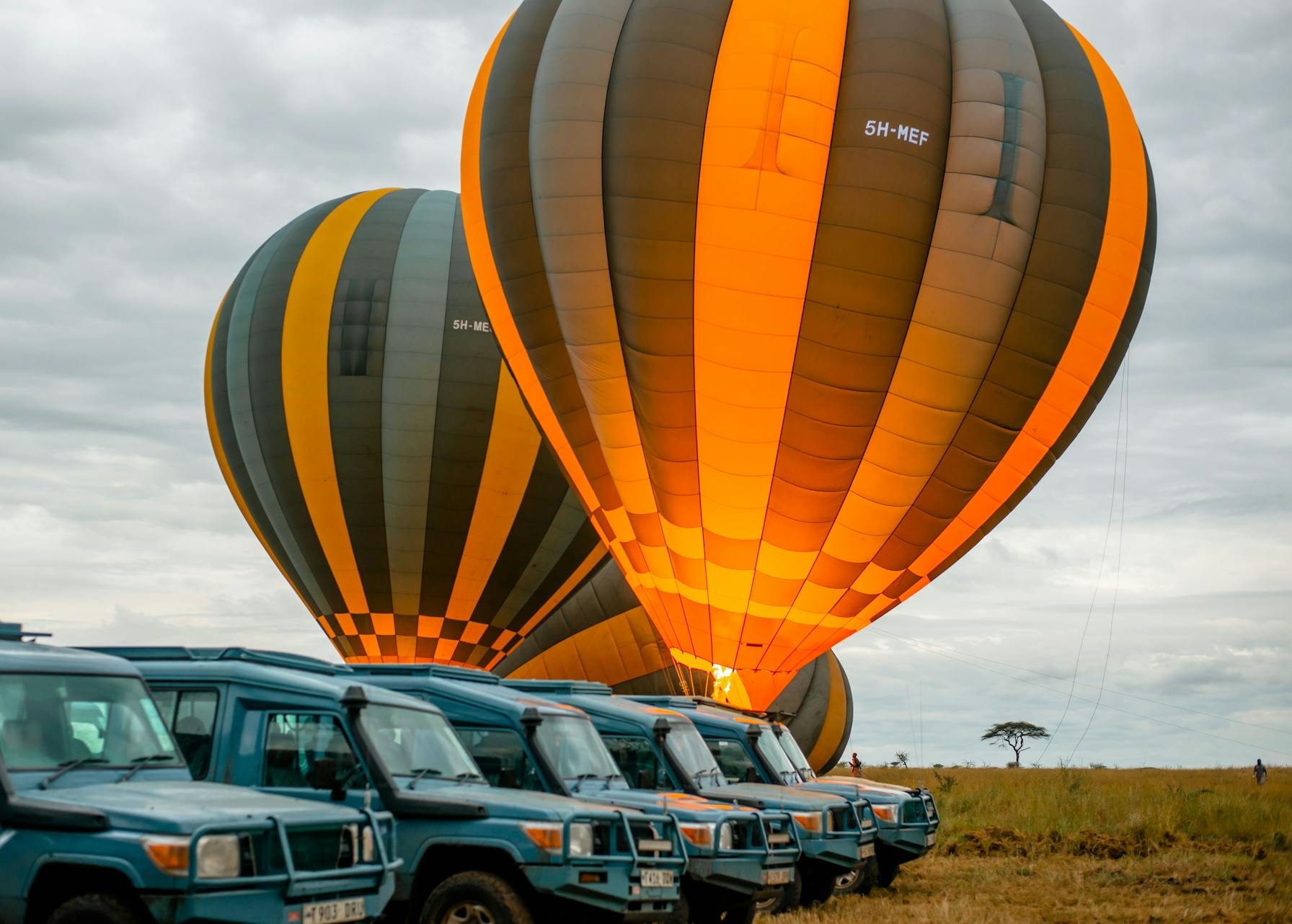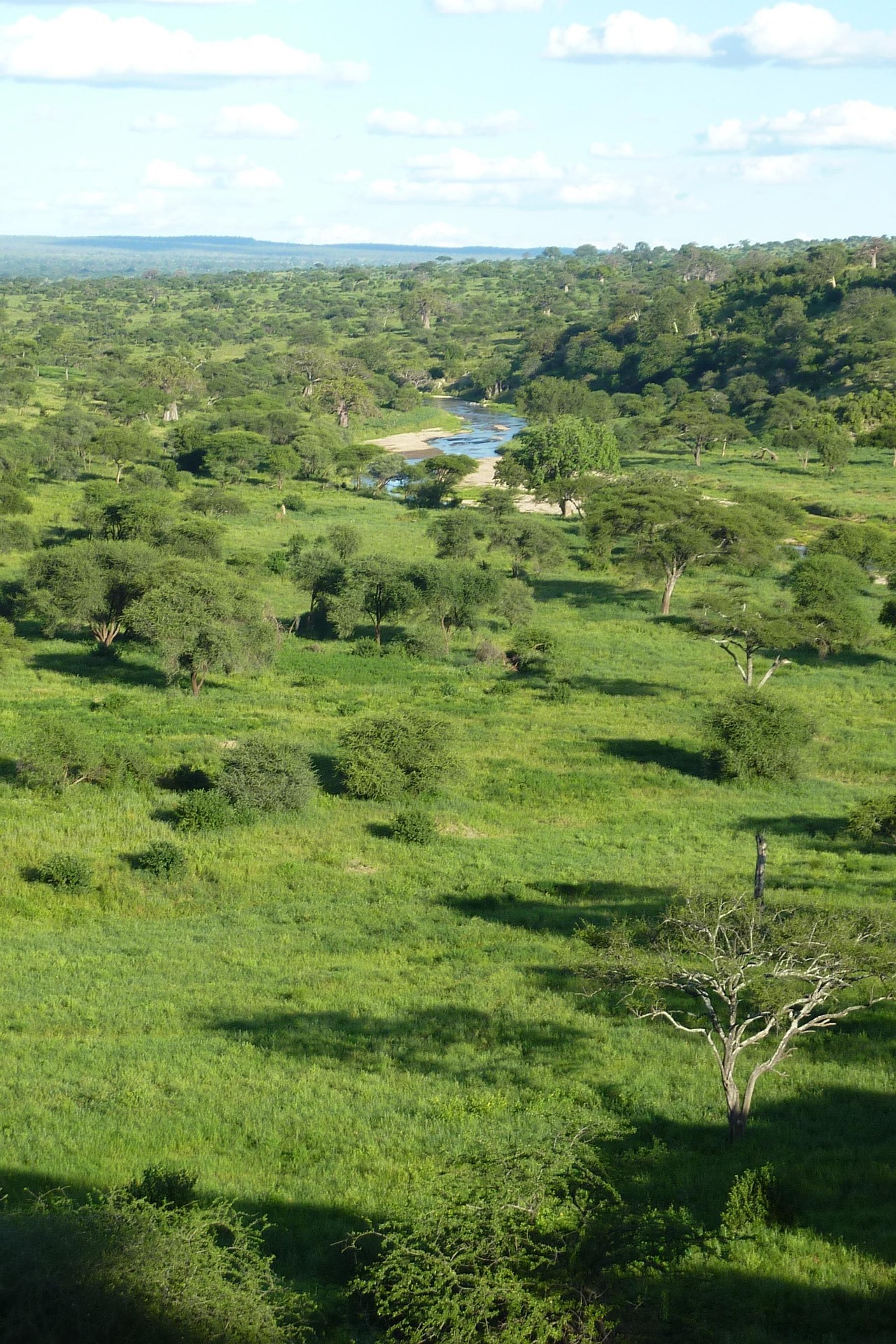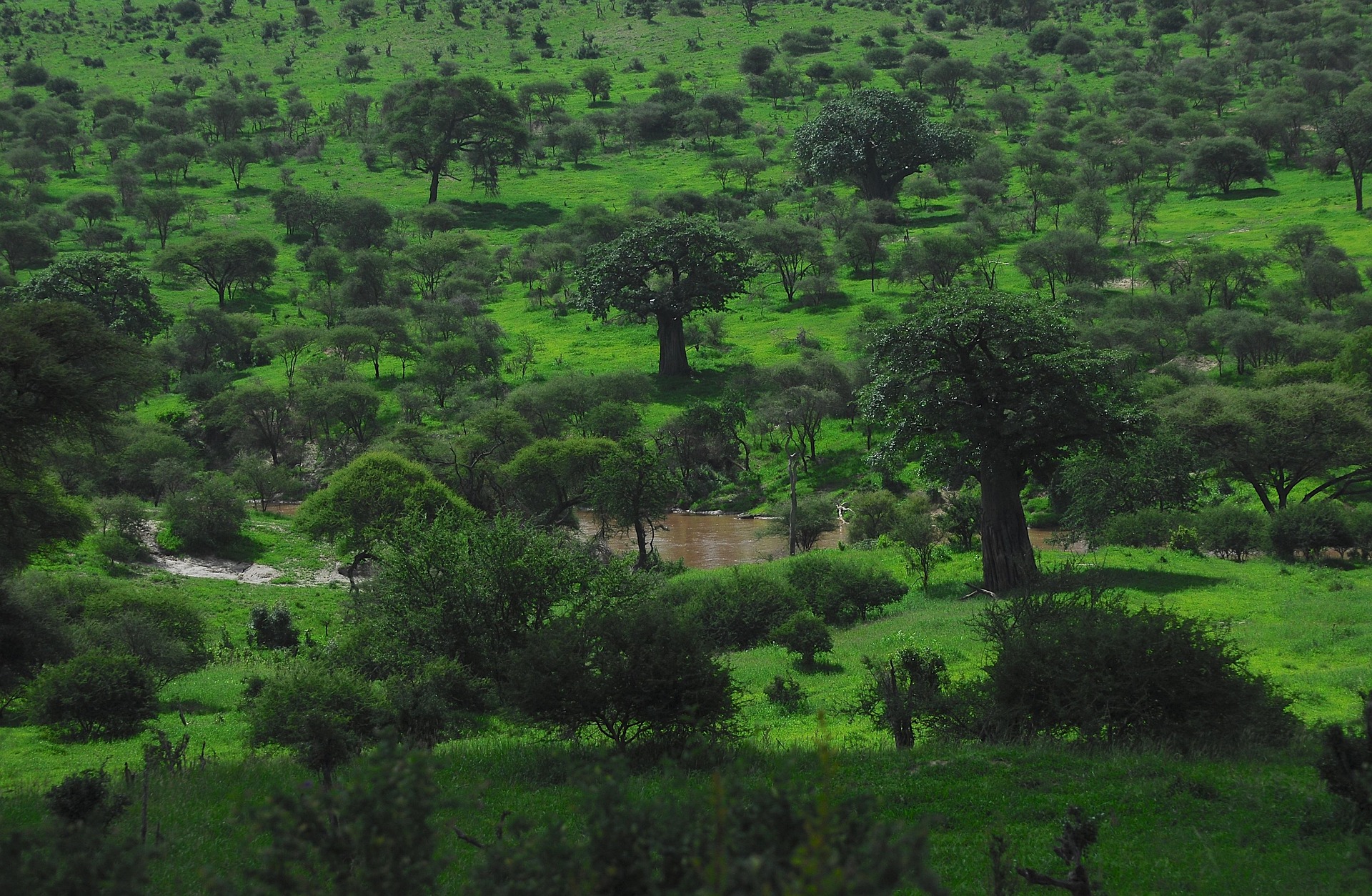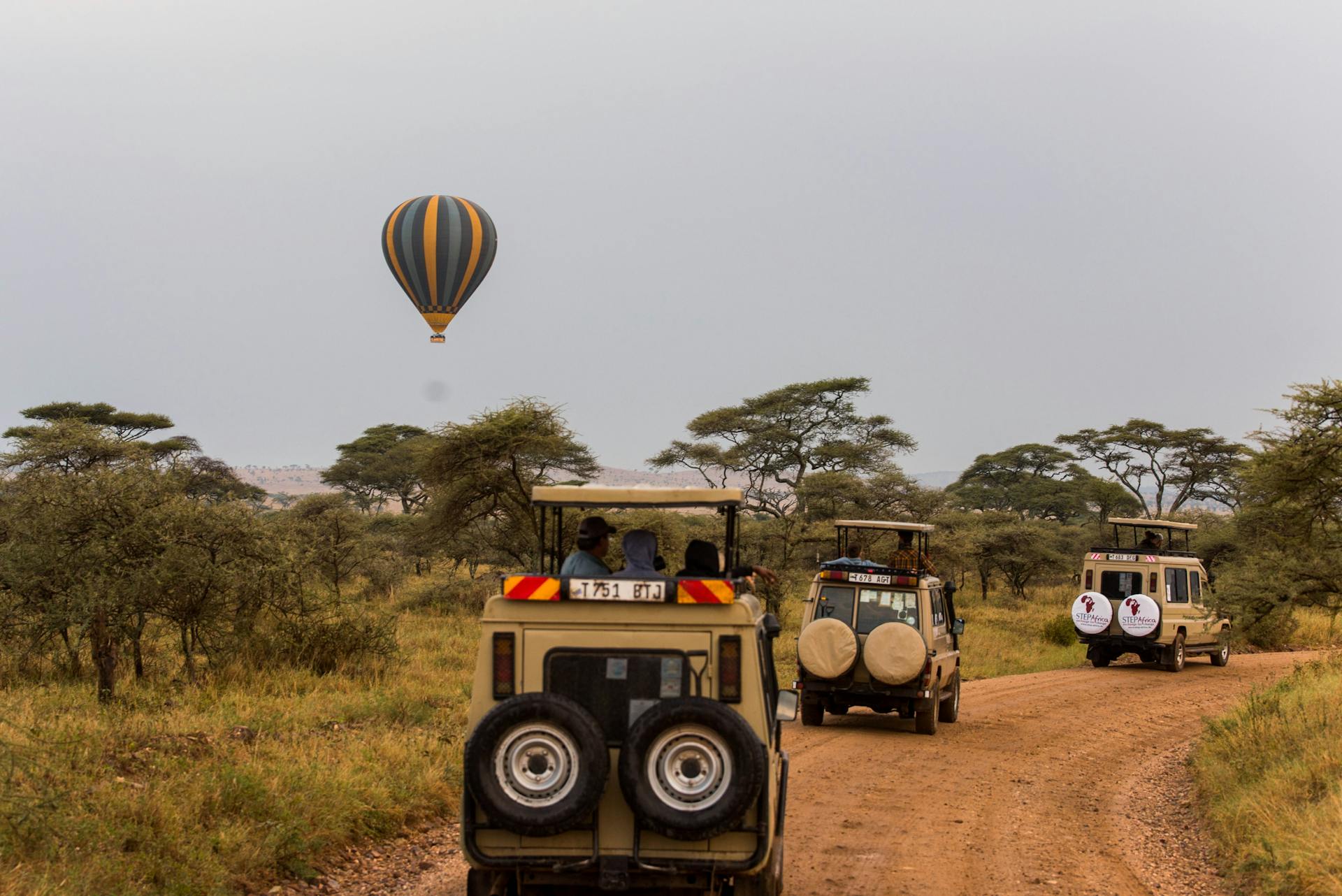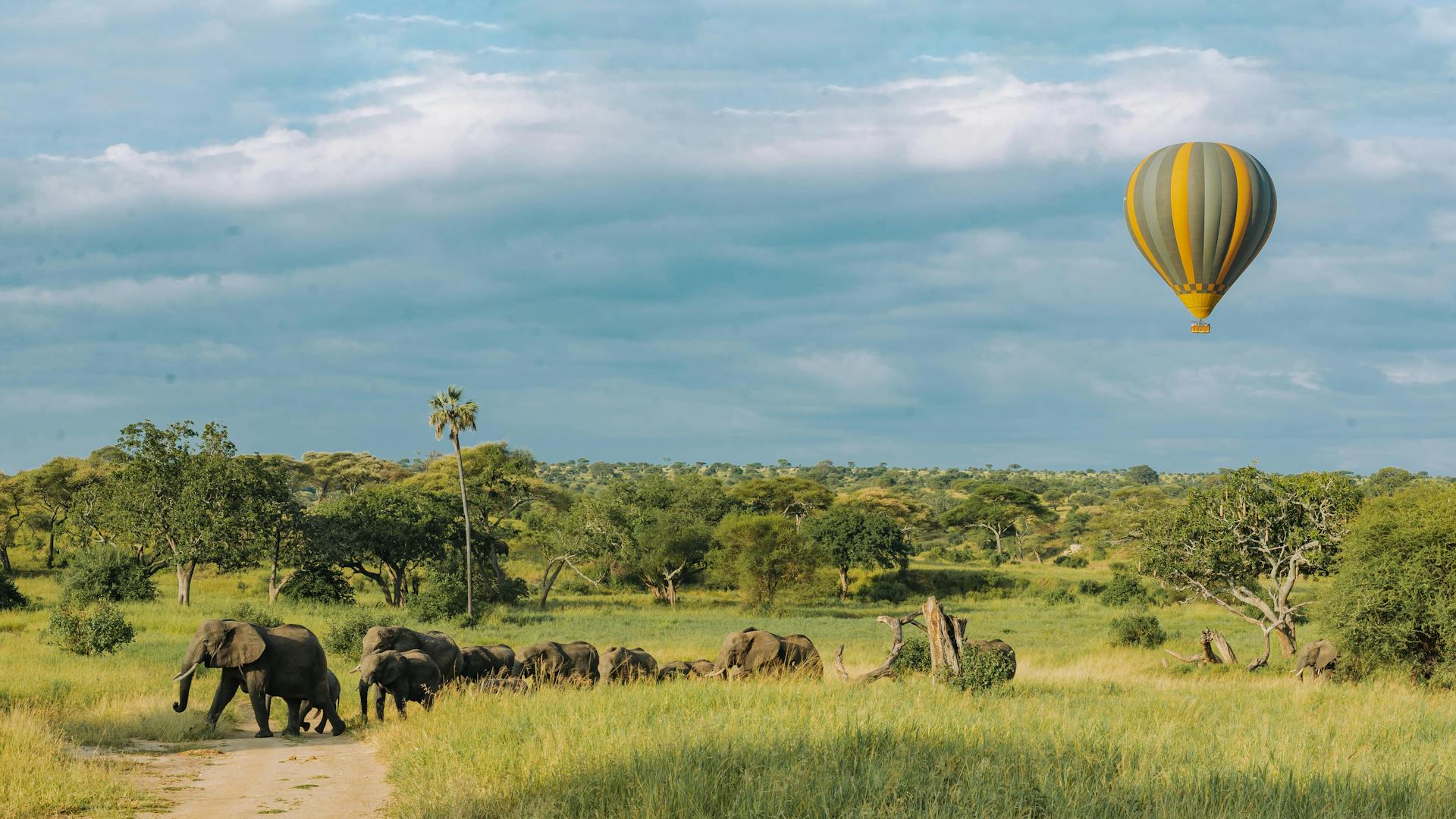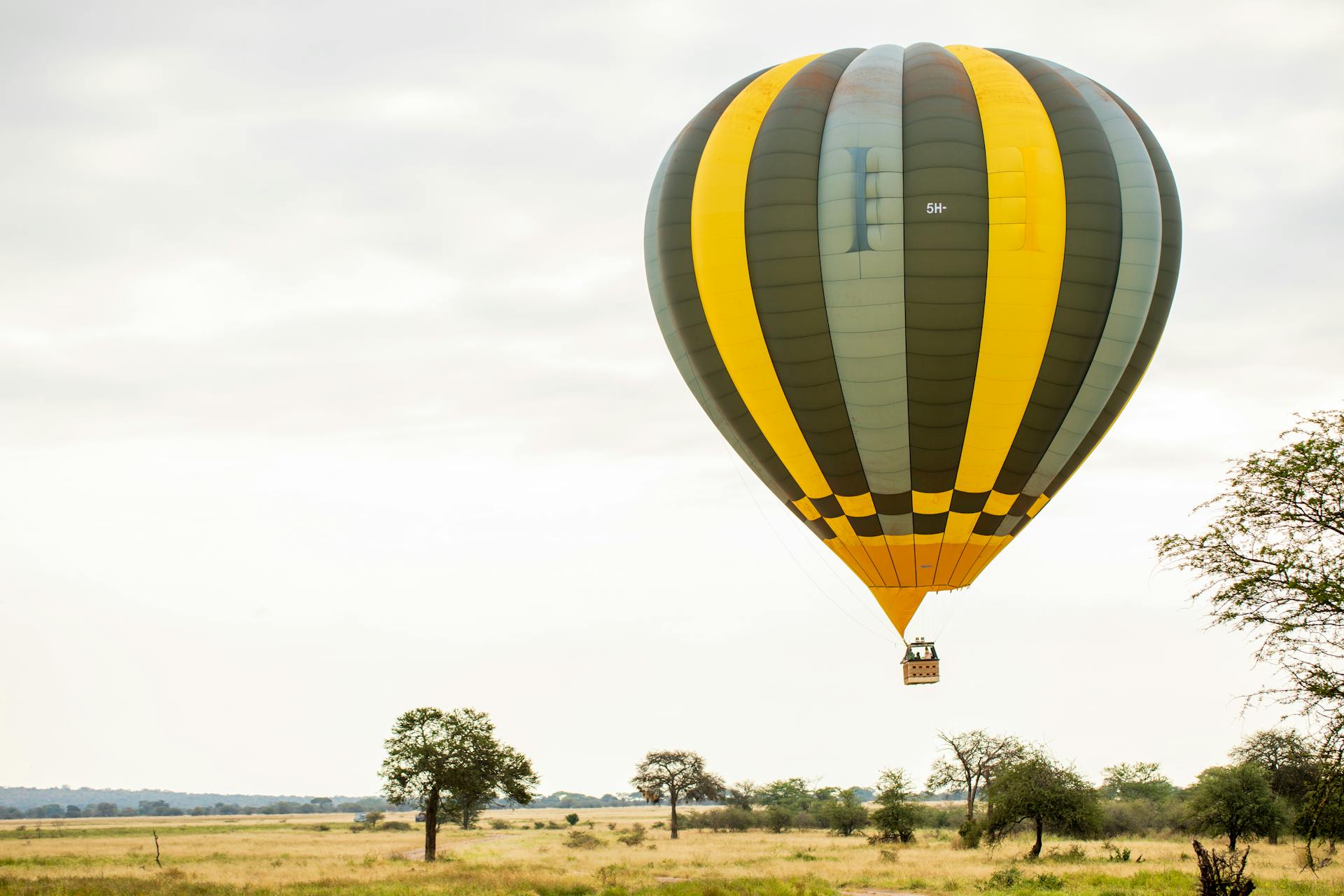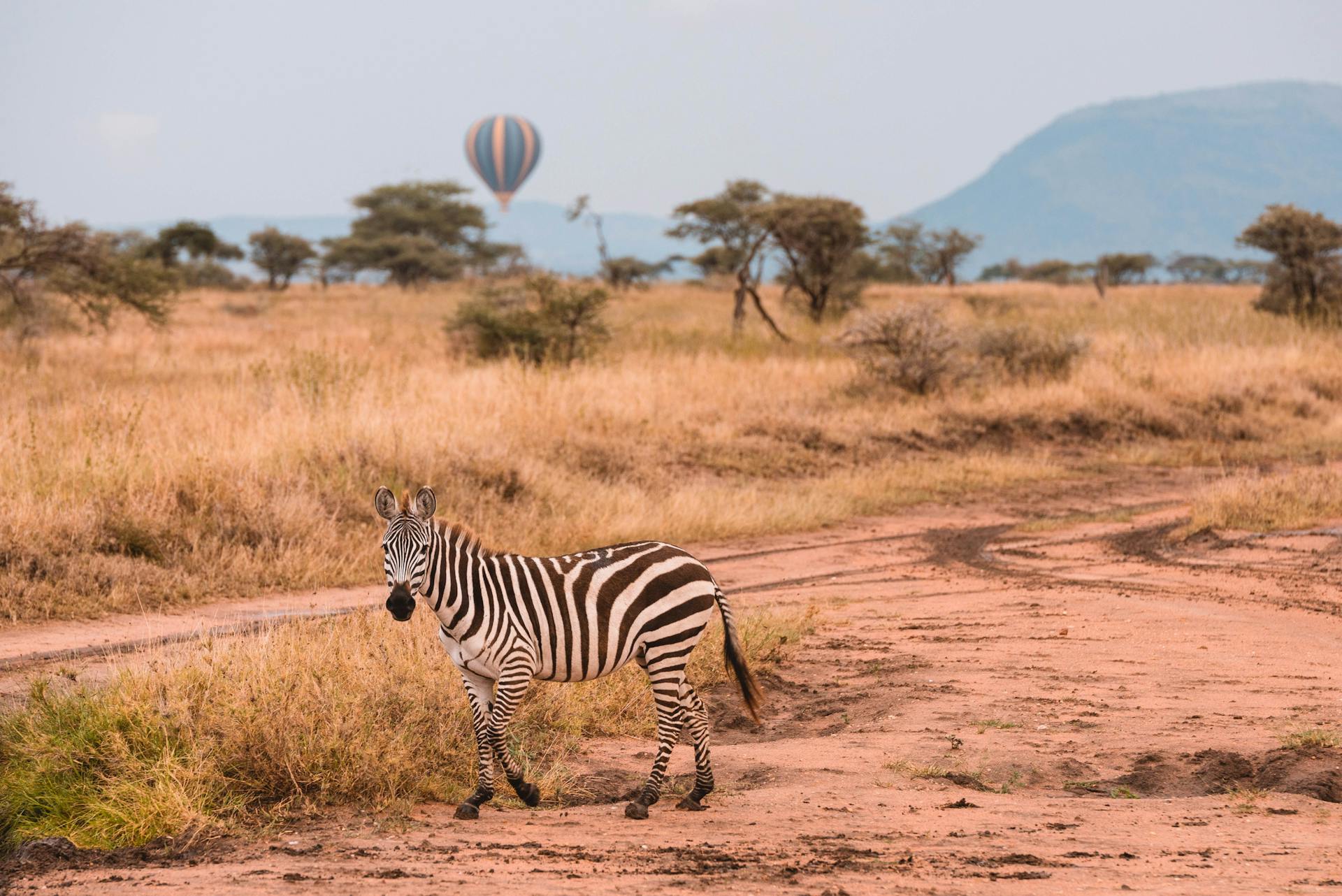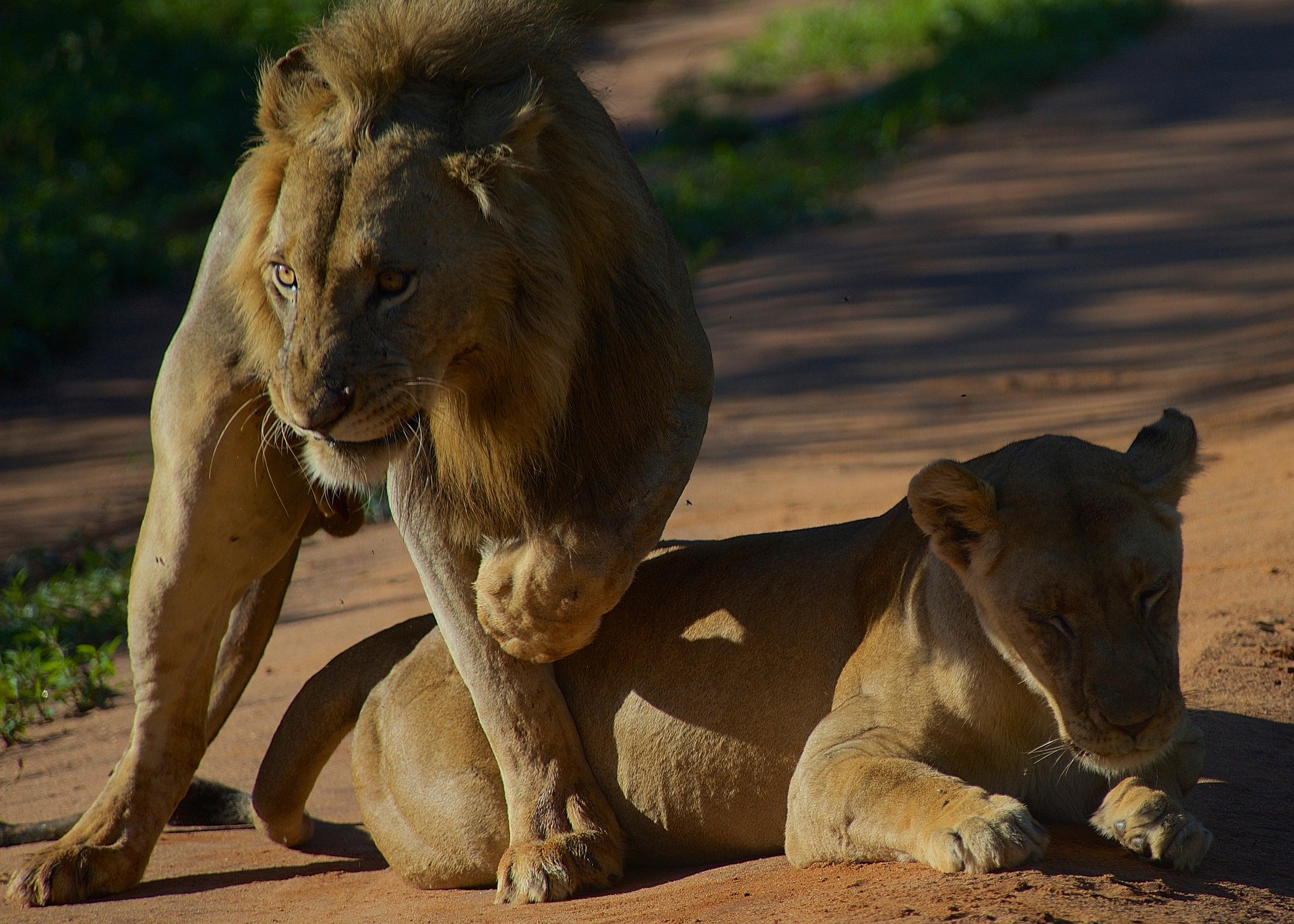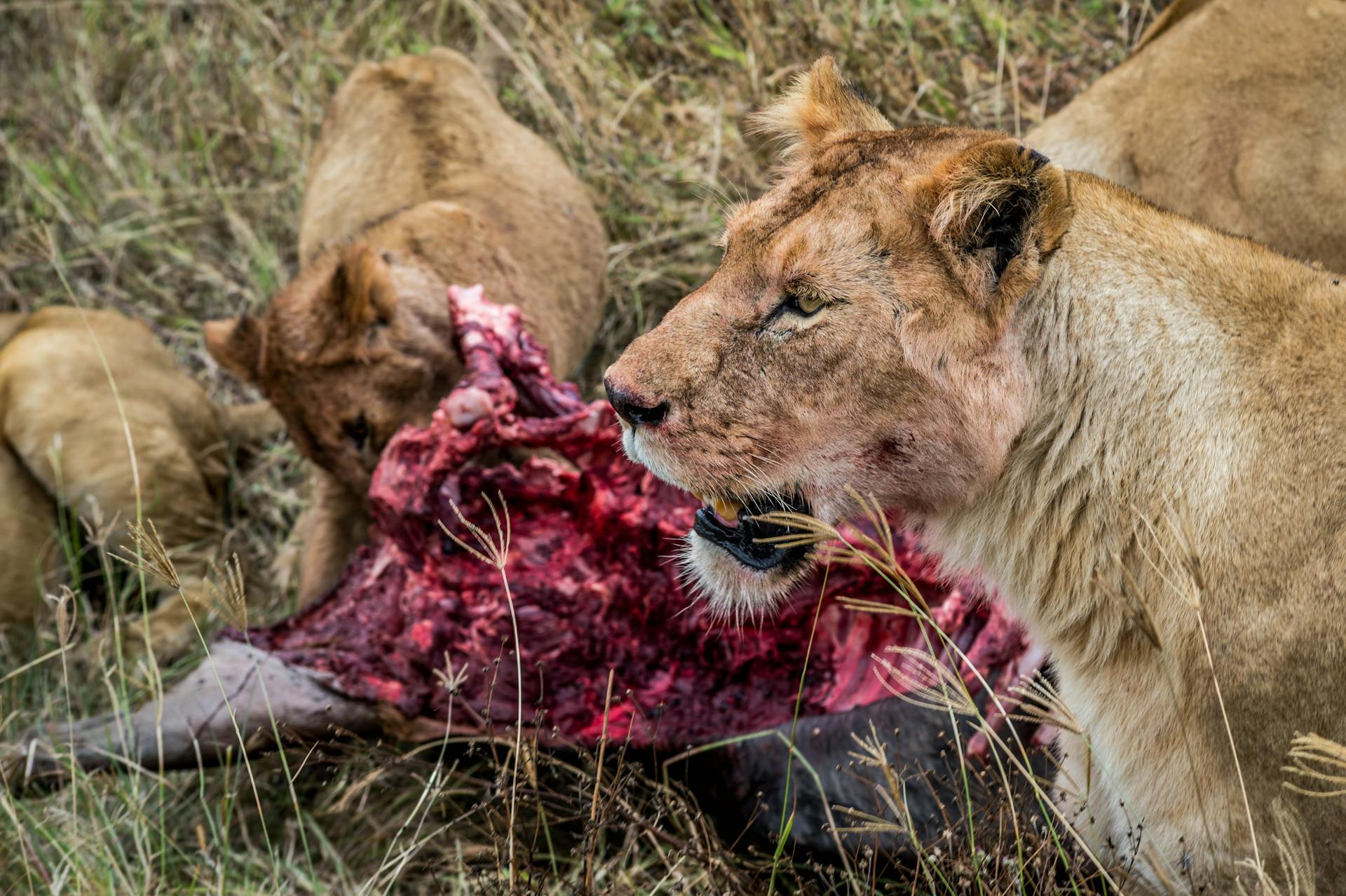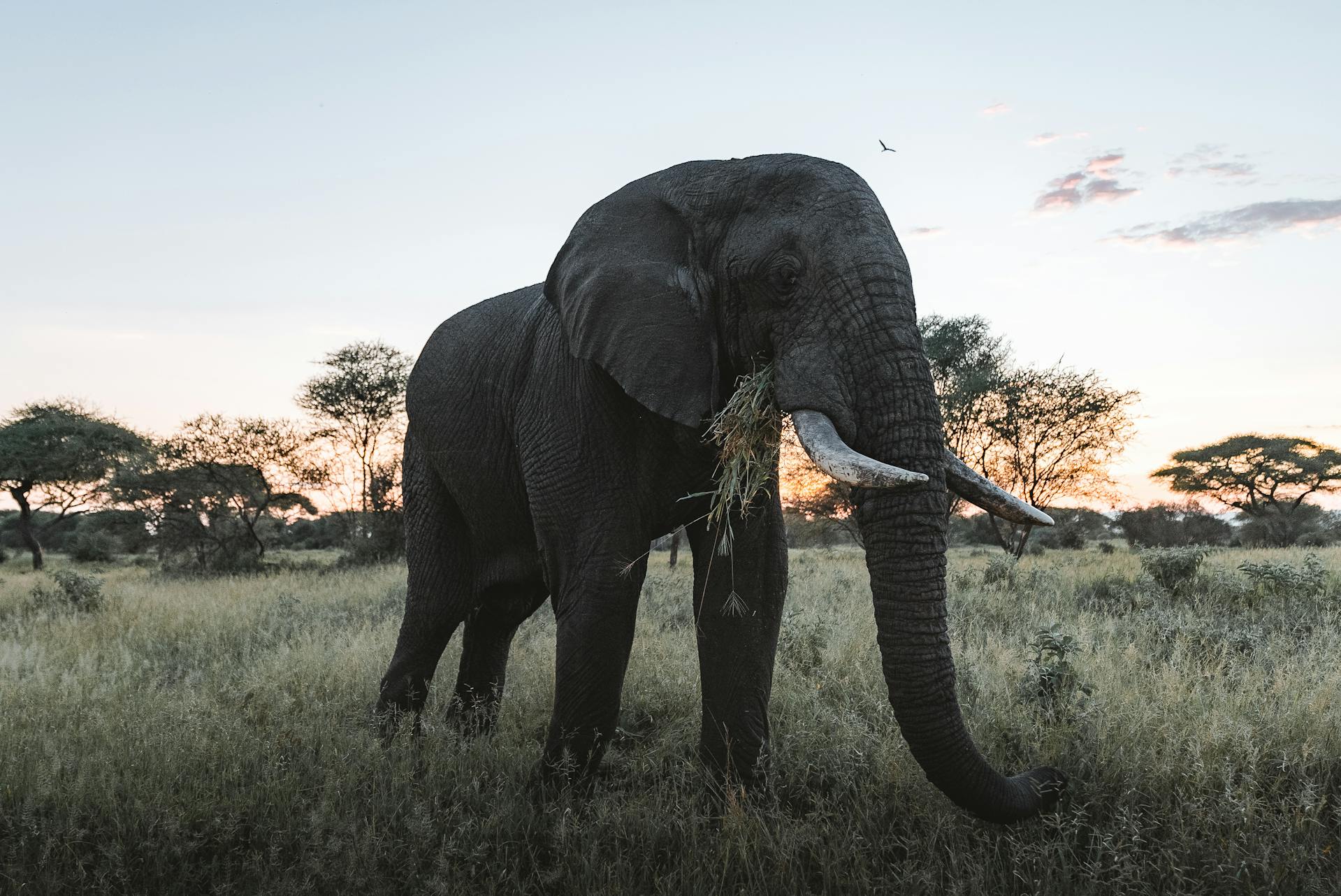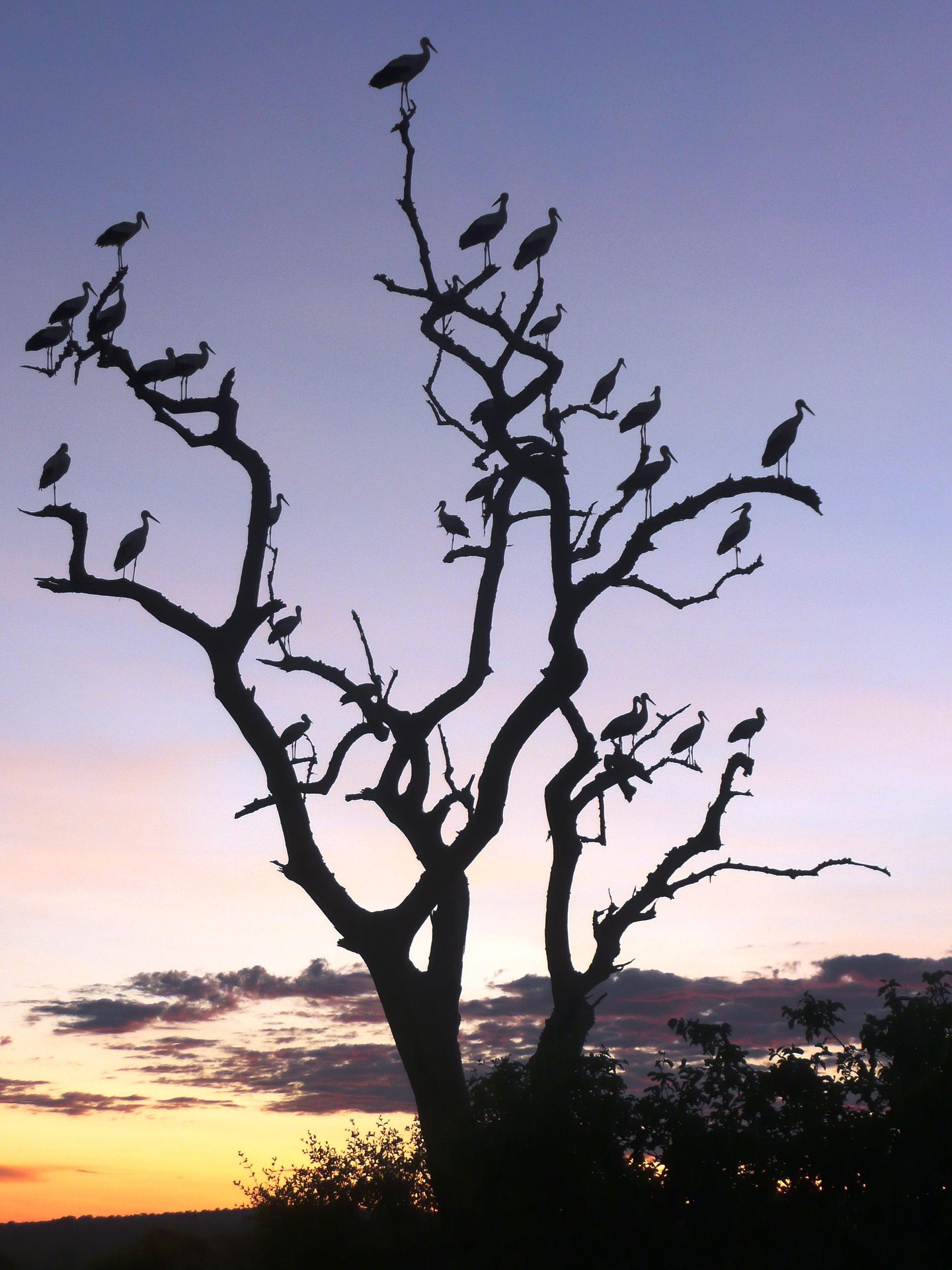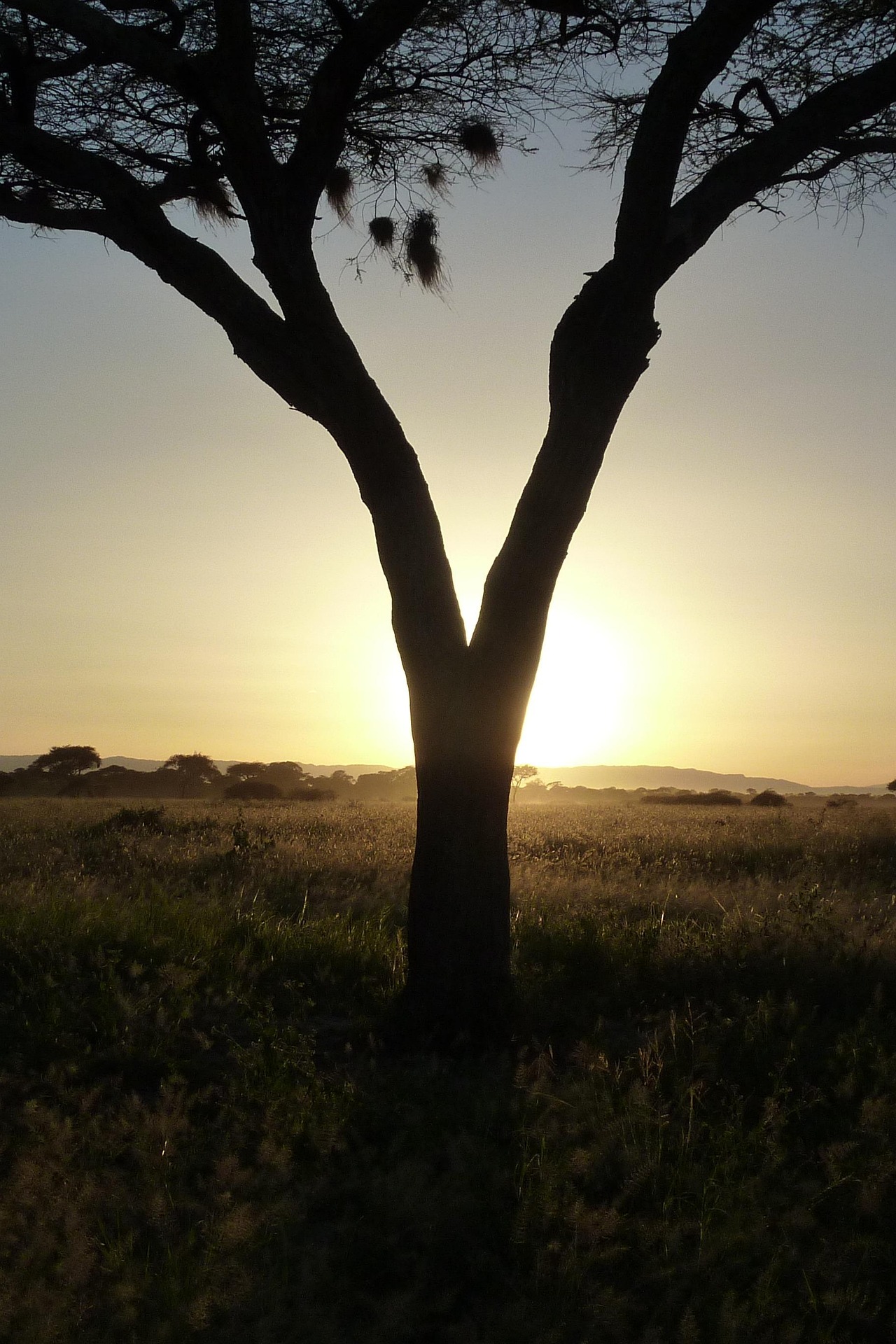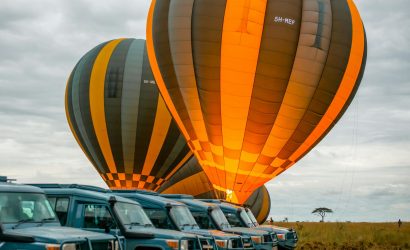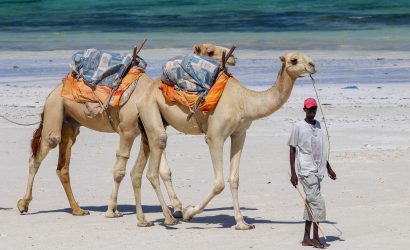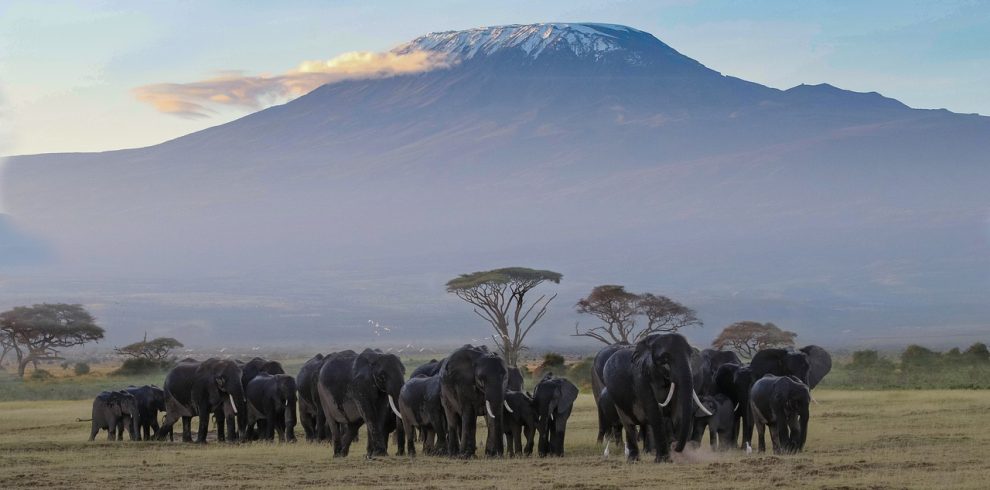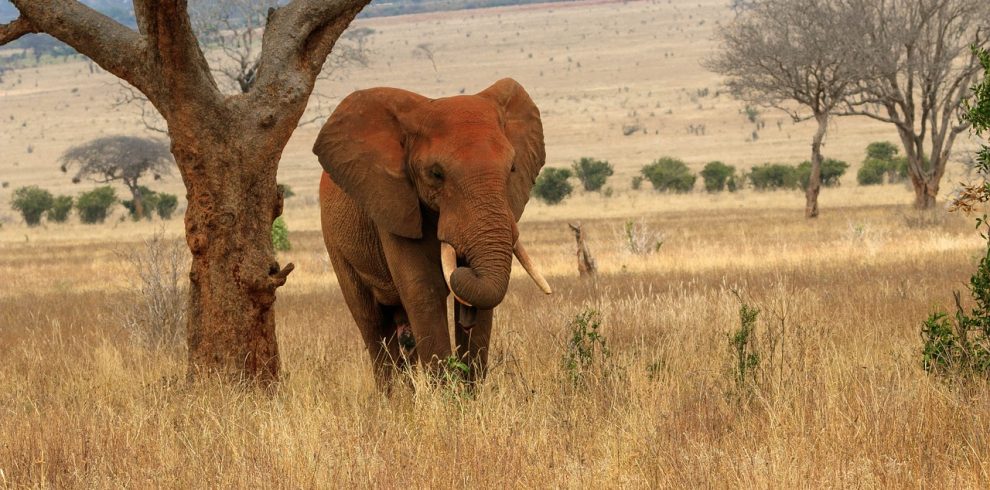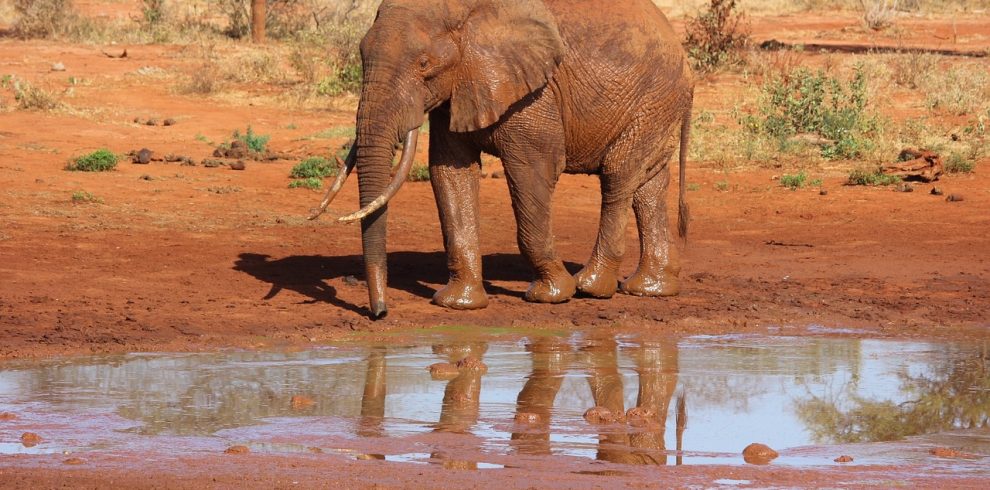While not as popular as the Serengeti National Park and Ngorongoro Conservation Area, Tarangire National Park is one of the most rewarding safari destinations in Tanzania and Africa as a whole. Spanning an area of 2,850 square kilometers (1,100 square miles), the reserve gets its name from the permanent Tarangire River that runs through it.
The river is the most prominent feature of Tarangire, winding through a mostly hilly terrain. Many of its tributaries create swamps where animals gather to drink water. Although these swamps are usually dry for most of the year, they tend to fill up and overflow quickly during the rainy season, making the roads in Tarangire impassable. As such, it’s important to know the best time to visit Tarangire National Park, whether for a safari or stay.
Where is Tarangire National Park?
Tarangire National Park is located in Tanzania; the sixth largest national park in the country. Specifically, Tarangire is located in northern Tanzania, south of Lake Manyara and north-west of the Masai Steppe. This region is known for its large herds of elephants, breathtaking landscapes, huge baobab trees, and vast expanses of grassy plains.
Tarangire is part of Tanzania’s world-famous northern safari circuit, which also includes tours of Serengeti, Ngorongoro Crater, Lake Manyara, Kilimanjaro National Park, Arusha National Park, Mkomazi National Park, and Olduvai Gorge. That said, you can take a fulfilling safari in Tarangire National Park without having to visit all the other parks. This may come in handy if you’re either traveling on a budget or strapped for time.
What Is Special About Tarangire National Park?
Tarangire National Park is one of the best destinations in Tanzania because it provides an excellent chance to witness Africa’s Big Four, Tanzania’s largest concentration of mammals, rare animals like the gerenuk, over 500 species of birds, and a mini-migration; all with spectacular backdrops of the area’s landscape.
Tarangire is famous for its large herds of elephants. In fact, it’s home to the highest concentration of elephants in the world. During the dry season, the park gets a mini-migration where about 250,000 animals move in, leading to the greatest concentration of mammals in the whole of Tanzania. This is usually a great time to spot some rarely seen animals, including the gerenuk and wild dogs.
Beyond its animals, Tanzania Tarangire National Park has a stunning scenery. It has a breathtaking combination of woodlands, savannas, grassy plains, rift valleys, large baobab trees, and granite ridges. These picturesque qualities make Tarangire National Park photos quite pleasing to the eye. Ultimately, the park is a haven for photographers and nature enthusiasts alike.
Tarangire National Park Tour with Gemini Expeditions
Experience the best of Tarangire National Park with Gemini Expeditions’ flight-based package. Our Tarangire National Park tour starts with a comfortable flight from Nairobi’s bustling cityscape to Arusha Airport, the gateway to Tanzania’s magical safaris.
As soon as you land, our driver will be waiting to transfer you from Arusha to Tarangire National Park in a private vehicle. This journey, which typically takes two hours or less, offers a glimpse into Tanzania’s beautiful landscape. Its last stretch provides amazing views of the Masai Steppe and Mount Meru in the distance.
Settle into your hotel and enjoy the tranquility of your surroundings as you wait to embark on your Tarangire National Park safari, walking tour, or even hot air balloon ride. With this package, Gemini Expeditions ensures your journey is smooth and stress-free, whether you’re a seasoned traveler or a first-time tourist to Tarangire National Park.
#TwendeTanzaniaNaGemini
Reasons to Visit Tanzania Tarangire National Park
Tarangire National Park offers a unique and rewarding safari experience, unique from other national parks and reserves in Tanzania. Here are some of the main reasons to visit:
- Tarangire National Park animals: Tarangire is best known for its large elephant herds, some reaching up to 300 members. Beyond that, it’s also home to all the typical African savanna animals, including four of the Big Five (elephant, lion, buffalo, and leopard). It’s also home to cheetahs, hyenas, giraffes, gazelles, impalas, zebras, wildebeest, hippos, and a variety of primates. Some rare species, including wild dogs and the long-necked gerenuk, occur in Tarangire but not other parks in Tanzania.
- Mini migration: During the dry season of every year (from June to October), animals migrate into the Tarangire National Park in large numbers. Grazers like giraffes, buffalos, zebras, wildebeests, and antelopes move into the park, closer to the permanent Tarangire River, where pastures remain green all year round. With them come hunters like lions, cheetahs, and leopards. While this migration is not as big as what you’ll see in the Serengeti or Maasai Mara National Reserve in Kenya, it’s still spectacular.
- Birdlife: Tarangire National Park has over 500 species of birds, making it a dream destination for birdwatching. Some birds that you can see here include red and yellow barbets, ashy starlings, ostriches, yellow collared lovebirds, guineafowls, ducks, flamingos, red bellied parrots, and many more.
- Untouched wilderness: Tarangire National Park attracts fewer tourists compared to other parks in Tanzania. It is, in fact, the least visited park in the northern circuit. This means that a huge chunk of it is untouched, untamed wilderness, which makes it a great destination for those seeking a Tanzania safari in a wild frontier. The few crowds also mean that Tarangire offers ample space and tranquility that you won’t find in other parks.
- Haven for nature lovers: While Tarangire National Park animals and birds are a huge draw to the reserve, its landscape and vegetation are also reasons to visit. The river valleys through which Tarangire River meanders create stunning riverbeds. Tarangire National Park history features volcanic activity that accounts for its granite rock formations. Its multiple seasonal swamps are well-vegetated despite having little to no water for the majority of the year. The park’s landscape is filled with acacia woodlands, Commiphora bushlands, large baobab trees, candelabras trees, aquatic forests, and sausage trees.
- Easy access: Although it doesn’t have an airport, Tarangire is still easy to access from Arusha. Thus, the easiest way to get to the park is fly to Arusha then get a transfer to Tarangire. The distance from Arusha to Tarangire National Park is about 110 kilometers (68 miles). There are well developed roads all through and into the park.
Tarangire National Park Safari
The best Tarangire National Park safari combines game drives, night drives, walking safaris, and hot-air balloon rides. Start with a day game drive in a pop-top Jeep, Land Cruiser or tour van. Through the open roof, you can view large grazers and hunters alike. Night drives are great for spotting elusive nocturnal animals while walking safaris allow you to view none-threatening animals up close. Hot-air balloon rides are best taken in the early morning when most predators hunt.
If you have enough time, consider combining your Tarangire National Park tour with other closely located parks like Serengeti, Ngorongoro Crater, Lake Manyara, Kilimanjaro National Park, Arusha National Park, Mkomazi National Park, and Olduvai Gorge to complete the northern circuit.
Tarangire National Park Weather
Tarangire generally has two seasons per year. The wet season starts from November to May while the dry season runs from June to October. The wet season sees temperatures that average 28°C (82°F) during the day and 16°C (61°F) at night. The dry season is cooler, averaging 25°C (77°F) during the day and 14°C (57°F) at night.
Best Time to Visit Tarangire National Park
The best time to visit Tarangire National Park is during the dry season, from June to October. This period attracts large numbers of animals into the park as they search for pastures and water. A Tarangire National Park safari in these months is a lot more rewarding because you can see a high concentration of animals in one place. Besides, the dry season has less vegetation that can obscure your view of wildlife and birds.

